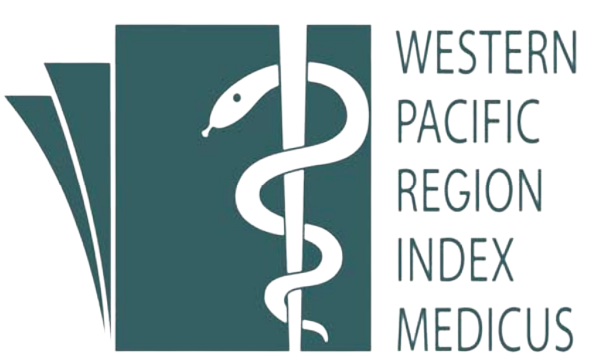Abstract
Background: Chronic kidney disease (CKD) is increasingly recognized as a major health problem worldwide. This disease is associated with oxidative stress, which can generate the inflammatory process and promote renal injury progression.
Objectives: (1) To evaluate the malondialdehyde concentration and kynurenine and tryptophan ratio for differences between CKD patients and healthy controls. (2) To analyze the relationship and correlation between these biomarker indexes and some risk factors of CKD.
Materials and methods: Study at Biochemistry lab of Hue University of Medicine and Pharmacy, we have performed 30 patients with stage 3-4 CKD and 30 controls.
Results: CKD patients presented the prevalence of hypertension was significantly higher in CKD patients than controls (66,7%; 0%, respectively, p<0.001); plasma levels of malondialdehyde were progressively lower in CKD patients (median=4.23 μmol/L, range=1.37 - 11.01) than controls (median=5.04 μmol/L, range=1.01 - 8.18) but there was no important difference between 2 groups; CKD patients present higher plasma levels of kynurenine, consequently, higher kyn/trp ratio (median=0.054; IQR 0.044 - 0,095 vs 0.030; IQR 0.020 - 0.040, p<0.001) compared to healthy controls and the increase of kyn/trp ratio was progressively higher with CKD late stage; kyn/trp ratio as a biomarker has predictive ability to discriminate CKD from normal subjects (AUC: 0.87; 95% CI: 0.78-0.96; p<0.001); there was a correlation between Kyn/Trp ratio and eGFR.
Conclusions: In addition to the significant alteration in the Kyn/Trp ratio, we also found that there was a correlation between Kyn/Trp ratio and eGFR. About malondialdehyde, required confirmation of our results in larger study cohorts to fully featured the impact of oxidative stress in this pathology.
| Published | 2024-12-25 | |
| Fulltext |
|
|
| Language |
|
|
| Issue | Vol. 14 No. 6 (2024) | |
| Section | Original Articles | |
| DOI | 10.34071/jmp.2024.6.6 | |
| Keywords | CKD, Chronic kidney disease, kynurenin, malondialdehyde, inflammation, oxidative stress, tryptophan |

This work is licensed under a Creative Commons Attribution-NonCommercial-NoDerivatives 4.0 International License.
Copyright (c) 2024 Journal of Medicine and Pharmacy






